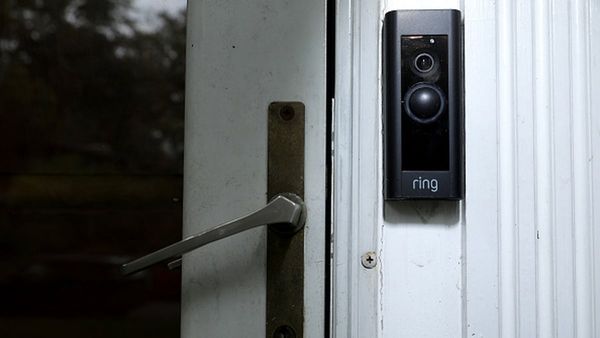
- Ford will ditch the huge battery strategy with its upcoming $30,000 entry-level electric pickup truck.
- While coy on details, the company hinted that its affordable new EV will be powered by a battery that’s roughly half the size of the one in the entry-level F-150 Lightning.
- Advances in aerodynamics, low rolling resistance and other efficiency improvements should make this new truck a usable daily vehicle, despite its small battery.
Ford’s yet-to-be-named affordable electric pickup will be nothing like its peers. At least that’s what the American auto giant is hinting at through all the briefings and press releases it sent out today.
Manufacturing, packaging and pricing–they’re all big talking points because Ford found a way to flip things around in its favor, inventing a method of building EVs faster and cheaper than before. A big part of the carmaker’s bet on an entry-level electric pickup is based on a smaller-than-usual battery pack.

While even the cheapest Ford F-150 Lightning has a massive 98-kilowatt-hour battery pack, enabling a 240-mile EPA-rated range, the new mid-size EV will have a battery that’s roughly half that.
During a media briefing, Ford said it’s aiming for a battery that’s approximately 15% smaller than that of the Chinese-made BYD Atto electric crossover. The Atto 3 has 60.5 kWh of usable energy, which would mean the American company’s new pickup will have roughly 51 kWh of usable energy. That’s 34 kWh less than the compact Chevrolet Equinox EV. It’s also 14 kWh less than the discontinued Chevrolet Bolt EUV hatchback, which was rated for 247 miles of range.
Technology-wise, Ford said the new pickup will be based on a 400-volt architecture, which isn’t the cutting edge of today’s EV landscape. The automaker is adamant that it’s the right choice for this particular use case because it enables access to all installed charging infrastructure, it’s affordable and–most importantly–it can make money.
Both lithium iron phosphate (LFP) and nickel manganese cobalt (NMC) chemistries will be supported, so while the cheapest and shortest-range version could be powered by American-made LFP cells, longer-range versions could hide an NMC pack under the floor.
There’s no range figure yet, but Jim Farley, Ford’s CEO, said that the new EV will be able to power your house, which means vehicle-to-load (V2L), or even vehicle-to-home (V2H) capability, will be built in.








